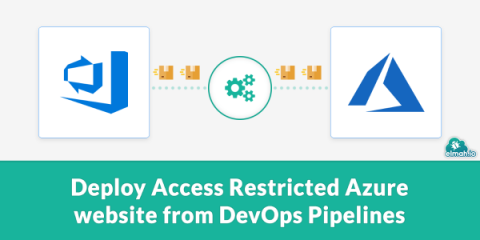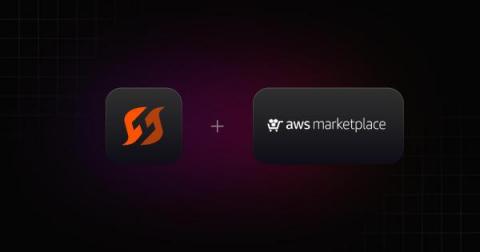Operations | Monitoring | ITSM | DevOps | Cloud
Latest News
USU gains French software group as customer for software license management
10 Ways to Optimize your Azure cost
Sweet Trick! Mastering O11y for Cloud-Native Technologies
Azure Monitor Pros and Cons
How do I Access Blob Storage? A Step-by-Step Guide
Blob Storage is a highly scalable and secure cloud storage solution offered by Microsoft Azure. It allows users to store unstructured data like text, images, videos, and audio files. Accessing Blob Storage is crucial for developers, IT professionals, and business owners who want to manage their data and applications in the cloud. In this article, we will discuss how to access Blob Storage using different methods and tools.
Deploy Access Restricted Azure website from DevOps Pipelines
We have a couple of internal websites hosted on Azure. Websites that require authentication and should only be accessed from our IP. This can easily be configured using Access Restrictions in Azure. But when doing so, you exclude the dynamic IP range for Microsoft-hosted Azure DevOps build agents. In this post, I'll show you how we set up deployment to the Access Restricted websites with a bit of PowerShell magic.
Choosing the Right AWS Messaging Service for Your Application
With the dawn of microservices and serverless, event-driven architectures have become the way to go when building a new system in the cloud. This approach has allowed for greater scalability, as the system can easily adapt and respond to changes in traffic or demand without having to overhaul the entire architecture. Additionally the Event-driven approach means your application is mainly concerned with routing event data to the right services.
FireHydrant is now available through AWS Marketplace
AWS Marketplace + FireHydrant: your path to easier compliance, consolidated spend, and faster procurement.
What's the Difference Between Gen 1 and Gen 2 VMs?
Virtual machines (VMs) have been around for quite some time now and have become a cornerstone of modern-day IT infrastructure. They provide a convenient way to run multiple operating systems on a single physical machine, allowing users to consolidate their hardware and save costs. However, as VM technology has evolved, newer versions of VMs have been introduced, such as generation 1 and generation 2 VMs.











